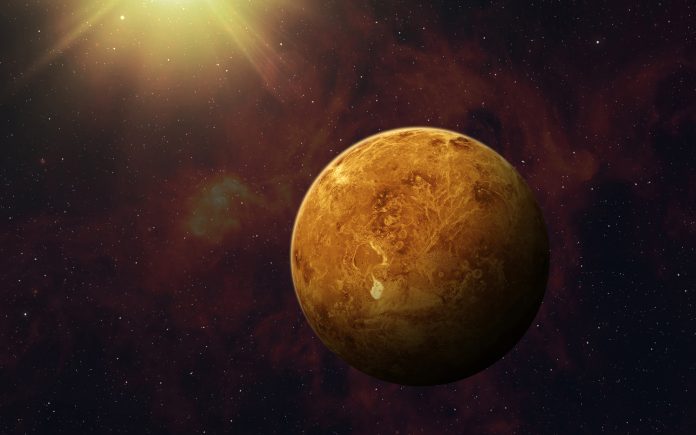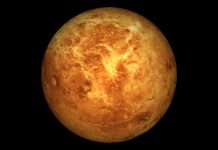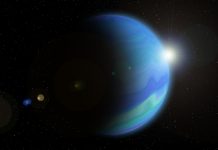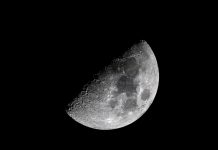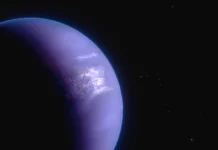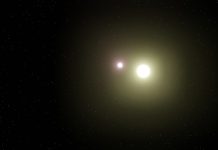Researchers may have cracked the long-standing mystery surrounding the colour and splotchiness of Venusian clouds in the UV range
In a groundbreaking study published in Science Advances, researchers from the University of Cambridge have unveiled a crucial piece of the puzzle shrouding the clouds of Venus. Long perplexed by the enigmatic patches and streaks visible only in the UV range of the hostile Venusian atmosphere, scientists have now identified the missing component that completes the composition of these clouds.
For years, researchers knew Venus’ clouds were predominantly composed of sulfuric acid droplets alongside varying water, chlorine, and iron concentrations. However, the peculiar UV absorption patterns observed in the clouds remained a mystery, encouraging scientists to delve deeper into the atmospheric chemistry of our neighbouring planet.
The study
Led by Paul Rimmer from the Cavendish Laboratory, the team synthesised iron-bearing sulfate minerals in a laboratory designed to replicate the harsh chemical conditions of Venus’ atmosphere.
The researchers combined two minerals, rhomboclase and acid ferric sulfate, and subjected them to spectroscopic analysis under light sources, specifically mimicking the solar flare spectrum.
“The only available data for the composition of the clouds were collected by probes and revealed strange properties that we have been unable to explain fully,” explained Paul Rimmer. “When examined under UV light, the Venusian clouds featured a specific absorption pattern. What elements, compounds, or minerals are responsible for such observation?”
Narrowing down the candidate minerals
By suspending the synthesised materials in varying concentrations of sulfuric acid and closely monitoring the chemical and mineralogical changes, the team successfully narrowed down the candidate minerals to rhomboclase and acid ferric sulfate.
Collaborating with Harvard’s photochemistry lab, the researchers replicated extreme acidic conditions to measure the UV absorbance patterns of ferric iron, mimicking the conditions within the Venusian clouds.
“The patterns and level of absorption shown by the combination of these two mineral phases are consistent with the dark UV patches observed in Venusian clouds,” noted co-author Clancy Zhijian Jiang from the Department of Earth Sciences at Cambridge. “These targeted experiments revealed the intricate chemical network within the atmosphere and shed light on the elemental cycling on the Venusian surface.”
Mysteries within the solar system
The findings come as part of the collaborative efforts of the newly established Origins Federation, which aims to promote interdisciplinary projects tackling the mysteries of our solar system.
“Venus is our nearest neighbour, but it remains a mystery,” emphasised Paul Rimmer. “We will have a chance to learn much more about this planet in the coming years with future NASA and ESA missions to explore its atmosphere, clouds, and surface. This study prepares the grounds for these future explorations.”
As humanity looks forward to unlocking the secrets of Venus, this research marks a significant step in understanding the complex atmospheric chemistry of the planet.
With new insights into the composition of its clouds, scientists are better equipped to interpret data from upcoming missions, providing a clearer picture of the intricate world that has long captured our curiosity.
Editor's Recommended Articles
-
Must Read >> NASA announces two missions to Venus for 2030
-
Must Read >> Neptune’s vanishing clouds linked to solar cycle


